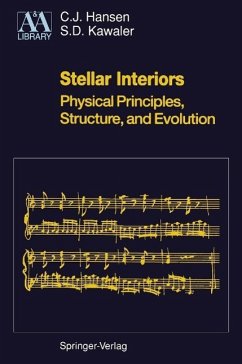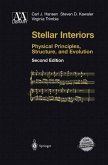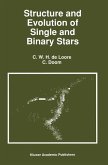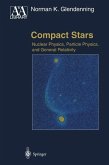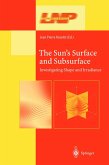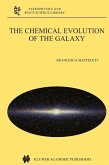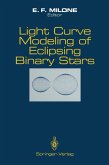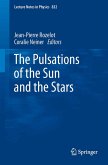That trees should have been cut down to provide paper for this book was an ecological afIront. From a book review. - Anthony Blond (in the Spectator, 1983) The first modern text on our subject, Structure and Evolution of the Stars, was published over thirty years ago. In it, Martin Schwarzschild described numerical experiments that successfully reproduced most of the observed properties of the majority of stars seen in the sky. He also set the standard for a lucid description of the physics of stellar interiors. Ten years later, in 1968, John P. Cox's tw~volume monograph Principles of Stellar Structure appeared, as did the more specialized text Principles of Stellar Evolution and Nuc1eosynthesis by Donald D. Clayton-and what a difference ten years had made. The field had matured into the basic form that it remains today. The past twenty-plus years have seen this branch of astrophysics flourish and develop into a fundamental pillar of modern astrophysics that addresses an enormous variety of phenomena. In view of this it might seem foolish to offer another text of finite length and expect it to cover any more than a fraction of what should be discussed to make it a thorough and self-contained reference. Well, it doesn't. Our specific aim is to introduce only the fundamentals of stellar astrophysics. You will find little reference here to black holes, millisecond pulsars, and other "sexy" objects.
Dieser Download kann aus rechtlichen Gründen nur mit Rechnungsadresse in A, B, BG, CY, CZ, D, DK, EW, E, FIN, F, GR, HR, H, IRL, I, LT, L, LR, M, NL, PL, P, R, S, SLO, SK ausgeliefert werden.

